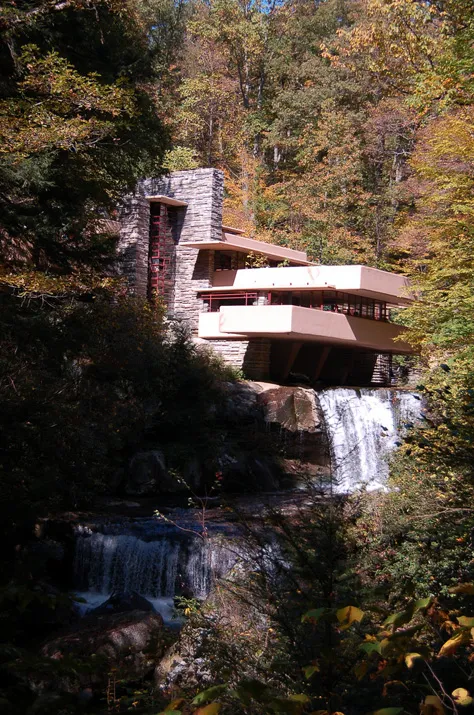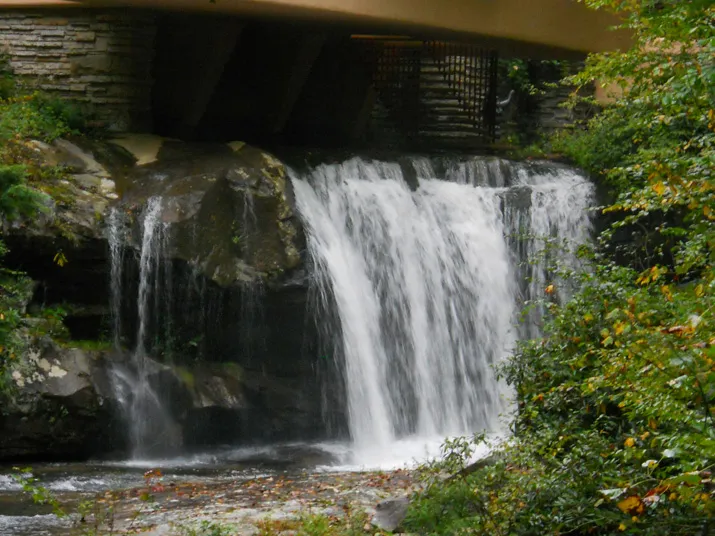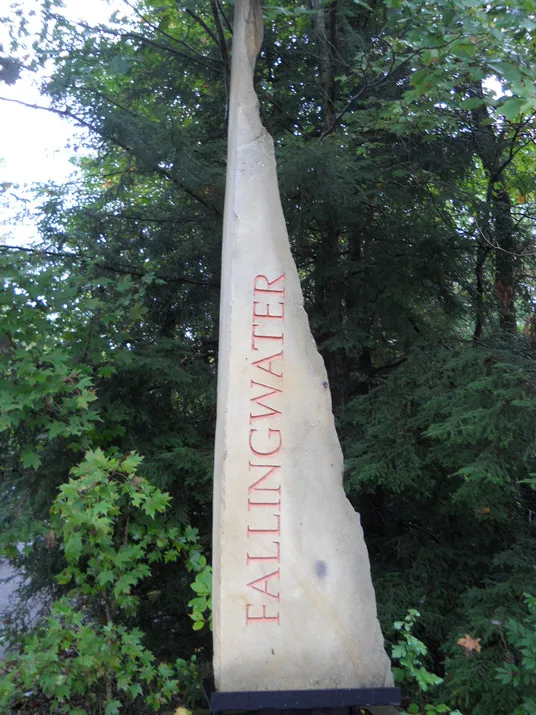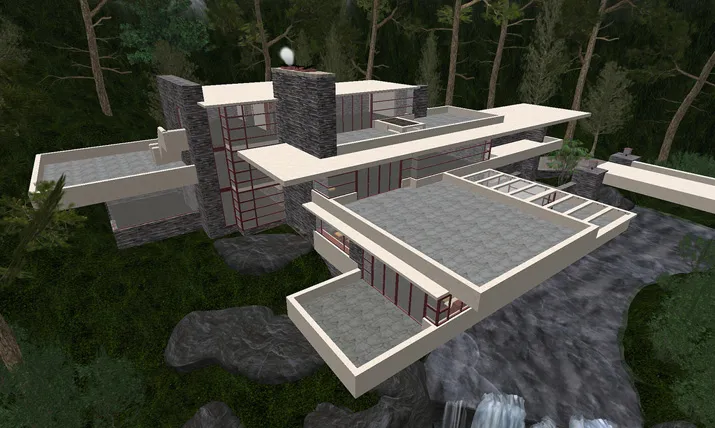Frank Lloyd Wright’s Most Beautiful Work
Fallingwater, a southwest Pennsylvania house designed by the famous architect, allows residents to live within a waterfall
/https://tf-cmsv2-smithsonianmag-media.s3.amazonaws.com/filer/lifelist-fallingwater-631.jpg)
If the skyscraper is America's most iconic building, a small personal residence in southwest Pennsylvania might be its most ingenious. Frank Lloyd Wright completed Fallingwater in 1937, and months later Time magazine put the house on its cover, proclaiming it the architect's "most beautiful job." Ayn Rand based much of her 1943 classic, The Fountainhead, on Wright and the house he had wrought.
Wright designed it in 1935, at his professional nadir, as a mountain retreat for Pittsburgh retail mogul Edgar J. Kaufmann, who wanted a home near the waterfalls of Bear Run. Wright took that notion to its extreme. "I want you to live with the waterfall," he is said to have told Kaufmann, "not just to look at it." Cantilevered concrete terraces hover some 30 feet above the falls. The incessant sound of rushing water permeates the home, yet never overwhelms. A boulder juts through the living room and doubles as a hearth. Low ceilings direct attention outside. During a visit to the house a couple of years ago, I was struck by Wright's vanishing windows, which open outward from wall corners, leaving no panes to obstruct the wilderness view.
Together these elements create a building that's timeless, organic and quintessentially American, says Franklin Toker, author of Fallingwater Rising: Frank Lloyd Wright, E.J. Kaufmann, and America's Most Extraordinary House. "You've never seen a building that fits with nature so tightly," Toker says. "It's not merely nature, it's animated. You've seen Vegas and Times Square, but you've never seen a building that's in constant motion."
/https://tf-cmsv2-smithsonianmag-media.s3.amazonaws.com/accounts/headshot/eric-jaffe-240.jpg)




/https://tf-cmsv2-smithsonianmag-media.s3.amazonaws.com/accounts/headshot/eric-jaffe-240.jpg)